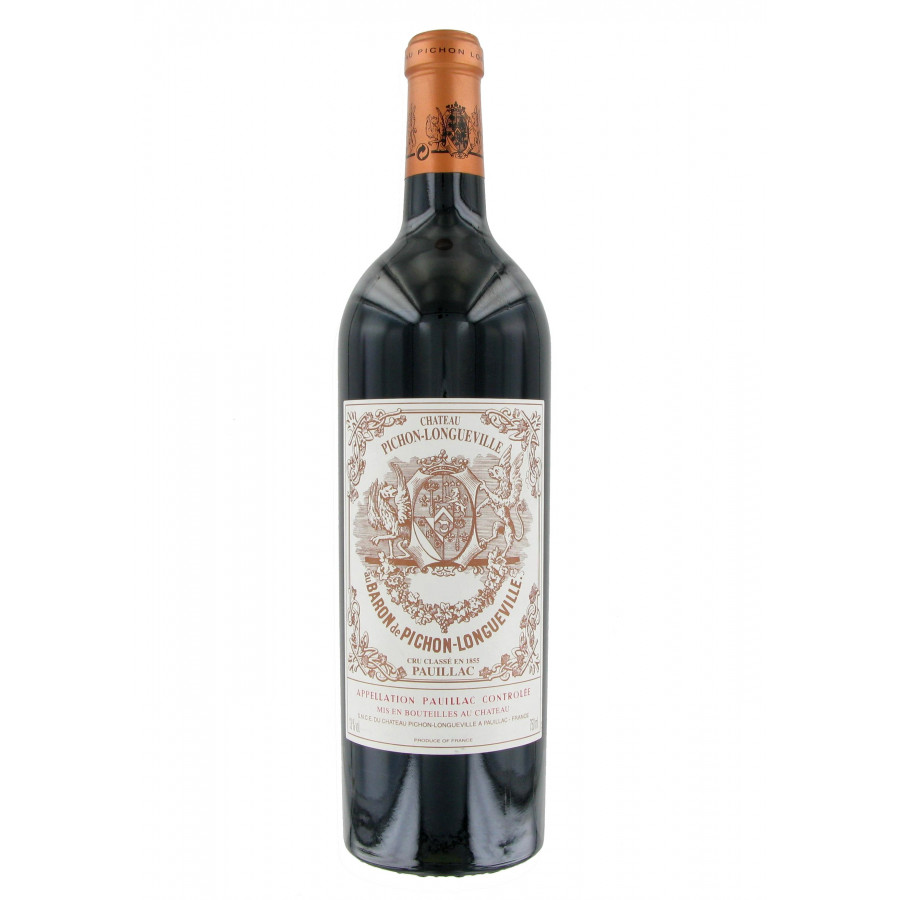

The slew of excellent reviews from the world's leading critics for multiple vintages of this estate repeatedly marvel at the remarkable power of the tannins, and the breath-taking concentration always judged to perfection. Baron, conversely, was considered the more overtly powerful and structured of the two. Lalande quickly garnered a reputation of feminine elegance rightly or wrongly, but most likely in its early years as a result of being under female ownership, and has undoubtedly pursued this identity in its wines of recent years. Remarkably for two estates which were once one, their styles are dramatically individual - at least in the modern era. For many years, Pichon existed as one exceedingly large property, consisting of some 50 hectares of stunning terroir in the legendary commune of Pauillac.ĭeath and marriage, the two great catalysts for change in 19th century France, resulted in the split we see today between this great property, and its sister Pichon Lalande. Pichon Baron also produces two second wines, from other parcels of its vineyard: Les Tourelles de Longueville and Les Griffons de Pichon Baron.The neo-classical turrets of Château Longueville au Baron de Pichon-Longueville are amongst the most iconic images of Bordelaise grandeur in the entire region.

It is among the estate’s historic plots it was already in use in 1694, when the wine was first produced. The terroir’s best land – the “Butte de Pichon Baron” – is devoted entirely to the production of the Grand Vin, making up the majority of the blend. Each plot receives specific care and attention adapted to its particular profile. Pichon Baron’s vineyard is planted as follows: 65% Cabernet-Sauvignon, 30% Merlot, 3% Cabernet Franc and 2% Petit Verdot, and is meticulously divided into separate plots. All the right conditions come together to make the Pauillac appellation the most prestigious of Bordeaux wines. This exceptional terroir has a maritime climate its proximity to the Gironde estuary lends it an increased mildness.

The subsoil composition allows the retention of water to feed the roots, while the undulating relief of the gravel soils is ideal for drainage. The land, which features quaternary gravel deposits and the large pebbles and sand which are typical of the appellation, is a winemaking paradise. Pauillac, a M?doc appellation, is located approximately 40 kilometres to the north of Bordeaux, on the left bank of the Gironde River. The second section, belonging to his three sisters, became Pichon Comtesse. Baron Raoul Pichon de Longueville’s section became the Pichon Baron estate. It remained in the same family for generations. An illustrious estate, with an enduring reputation, was born.

These vines were part of his daughter Th?r?se’s dowry when she married Baron Jacques Pichon de Longueville in 1694, the year in which the Pichon Baron estate was founded. In 1689 Pierre Desmezures de Rauzan, an influential wine merchant and steward of the prestigious Latour and Margaux estates, bought plots of vines close to the Latour estate to create Enclos Rauzan. This period was known as the Grand Si?cle, or “great century”, in reference to Louis XIV’s 1661 accession to the French throne. Chateau Pichon BaronThe estate was founded in the late 17th Century.


 0 kommentar(er)
0 kommentar(er)
